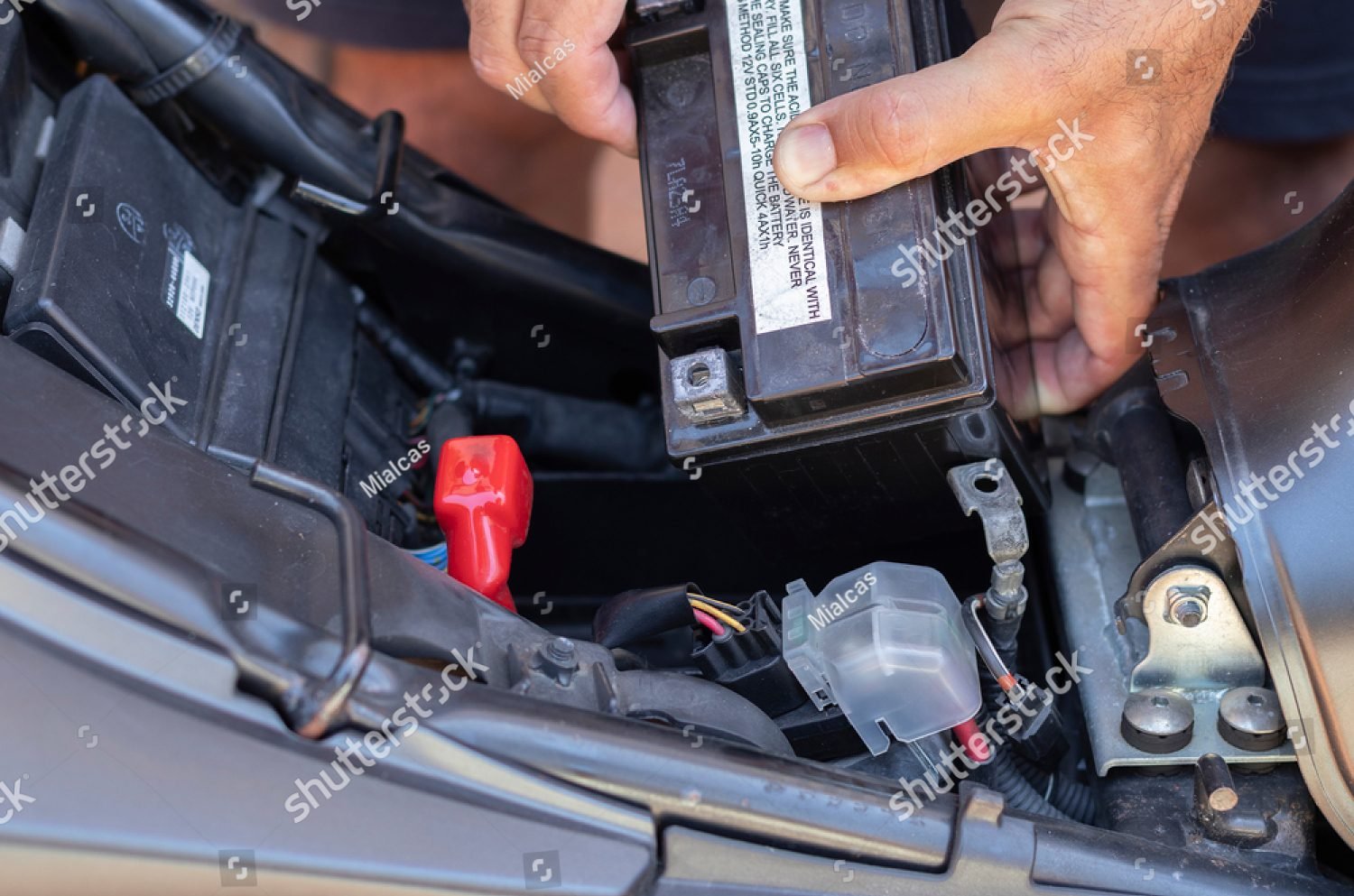There’s something inherently thrilling about the freedom and rush of riding a motorcycle. The open road, the wind in your face, and the adrenaline pumping through your veins—it’s an experience like no other. However, that excitement can come to an abrupt halt when your bike refuses to start. Don’t worry; this is a common problem faced by many riders at some point. Instead of panicking, let’s explore some troubleshooting tips to coax a reluctant engine back to life.
- Stay Calm and Assess the Situation:
The first step is to take a deep breath and stay calm. Panicking won’t help the situation, and it might even lead you to overlook simple solutions. Find a safe spot off the road, put the bike in neutral, engage the clutch, and turn off the ignition. Now, you’re ready to start the troubleshooting process.
- Check the Fuel Level:
One of the most common reasons a motorcycle won’t start is simply running out of fuel. Before you get into complex diagnostics, ensure that your bike has enough fuel in the tank. If the gauge shows low fuel, you might need to push the bike to the nearest gas station or call for help.
- Inspect the Battery:
A weak or dead battery could be the culprit behind your motorcycle’s refusal to start. Check the battery’s connections for corrosion or looseness. If everything seems fine, try jump-starting your bike using a car battery or a portable jump-starter. If the bike starts with a jump, consider replacing the battery soon.
- Verify the Ignition Switch and Kill Switch:
Ensure that the ignition switch is set to the “ON” position and that the kill switch (if your bike has one) is in the “RUN” position. Sometimes, these simple switches can be accidentally turned off or malfunction over time, preventing your bike from starting.
- Examine the Spark Plugs:
The spark plugs play a crucial role in igniting the fuel-air mixture in the engine. Remove the spark plugs and check their condition. Fouled or worn-out spark plugs may need cleaning or replacement. Always refer to your bike’s manual for the correct spark plug type and gap.
- Look for Fuel Delivery Issues:
If the engine isn’t receiving fuel properly, it won’t start. Inspect the fuel lines, fuel filter, and carburetor (or fuel injection system) for any clogs or issues. Clean or replace these components as needed.
- Check the Air Filter:
A clogged air filter can restrict airflow to the engine, affecting its ability to start. Remove the air filter and clean it thoroughly. If it’s too dirty or damaged, replace it with a new one.
- Inspect the Fuses:
A blown fuse can interrupt vital electrical systems, preventing the bike from starting. Check the fuses in the fuse box and replace any blown ones with the appropriate replacements.
- Pay Attention to the Choke (if applicable):
If your bike has a choke, ensure it’s functioning correctly. The choke helps provide a richer fuel mixture during cold starts. Using the choke might be necessary when the engine is cold.
- Seek Professional Help:
If you’ve tried the above steps and your bike still won’t start, it might be time to seek professional assistance. A qualified mechanic or technician can diagnose complex issues and provide appropriate solutions.
Remember, troubleshooting a motorcycle’s starting issue can be a process of elimination. Take your time, be patient, and try not to get frustrated. Regular maintenance and proper care can also reduce the likelihood of your bike refusing to start in the future. Before every ride, do a quick check to ensure your bike is in good working condition. With a little know-how and some troubleshooting skills, you’ll be back on the road, enjoying the thrill of motorcycling once again.

